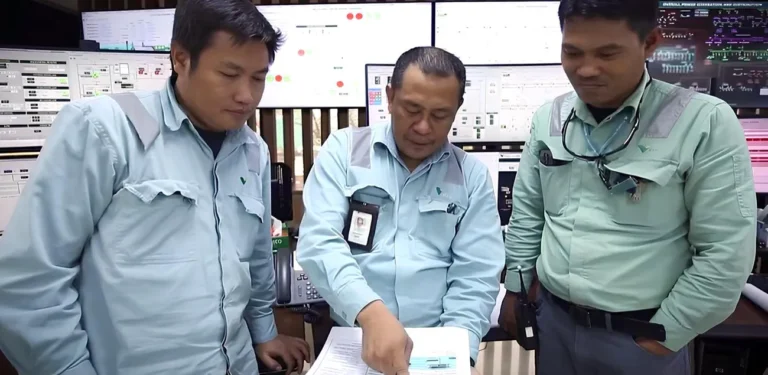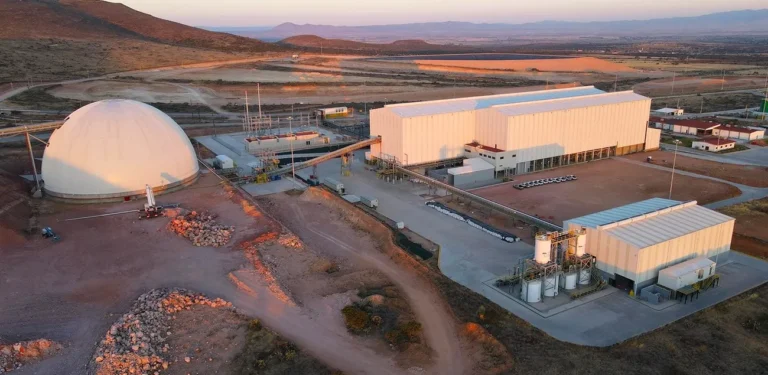
As 2024 draws to a close, lithium prices have declined for the second consecutive year, marking a significant fall from their December 2022 peak of $85 per kilogram for lithium hydroxide. Prices have plunged nearly 90%, but recent signs indicate the sharpest phase of the decline may be over. Narrowing price drops and reduced discounts in lithium purchase contracts suggest an improving industry outlook.
Historically, lithium supply contracts relied on fixed prices, but the volatility of the electric vehicle (EV) era pushed the industry toward annual agreements based on third-party spot price indices. These contracts now include discounts or premiums relative to spot prices. In 2024, discounts typically ranged from 5% to 10%. For 2025 contracts, however, producers are negotiating better terms, with discounts narrowing to 0% to 2%, depending on variables like contract size and duration. While sellers’ leverage remains limited, this trend signals a potential stabilization in the market.
Lithium chemicals, the primary output of lithium refineries, are central to these negotiations. Clients include cathode material manufacturers, battery makers, and EV producers. Asia—particularly South Korea, Japan, and China—remains the dominant buyer, with long-term contracts driving most transactions in the region.
China’s influence on the global lithium market remains pivotal. A government report from December highlights strong growth in the nation’s lithium battery industry. Between January and October 2024, China produced 890 GWh of lithium batteries, a 16% year-on-year increase. Of this, 405 GWh was allocated to new energy vehicles. Battery-grade lithium carbonate production surged 43% YoY to 540,000 tons, while lithium hydroxide output rose 27% to 300,000 tons.
Despite these growth figures, the lithium market’s oversupply persists. UBS estimates global lithium supply grew by 25% in 2024, with another 15% increase projected in 2025. While some mines have curtailed production or delayed expansions due to unprofitability, others continue operations to maintain market share, government relations, and technical integrity. This oversupply is expected to continue until at least 2027, requiring cautious optimism from investors navigating this complex market environment.



